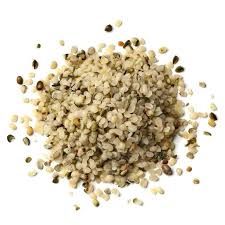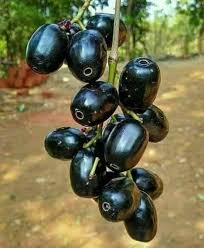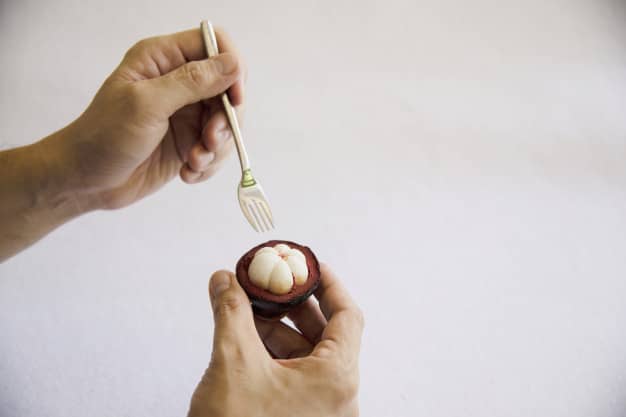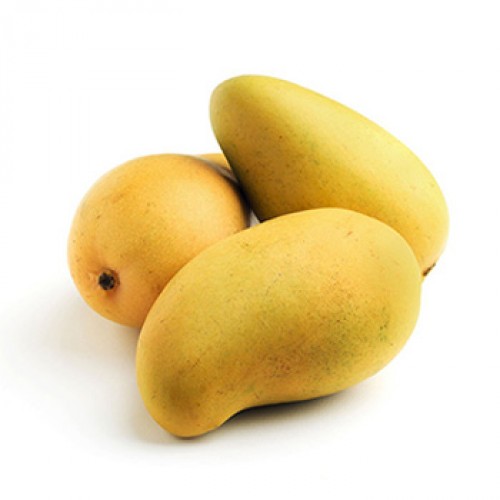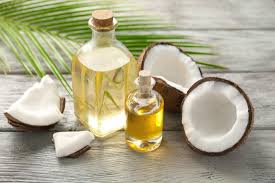
What is your ketchup really made of ?
I personally love ketchups. I have grown up eating ketchups with literally everything.
Quite honestly, until I started Healthy Buddha, I never really stopped to check what the popular commercial ketchup brands had as ingredients in them. But when I did look up the ingredients, I was quite shocked and a bit concerned.
As a layman, you would think that the main ingredient in a tomato ketchup bottle would be tomatoes, right? Unfortunately that is not the case. In most cases, tomato and tomato paste consisted about 25-30% of the entire bottle. In some cases (check first sample below), sugar content was much more than tomato content.
Let's now further dissect commercially available, non-organic, Indian ketchup bottles
We have intentionally left out the names. But these are ketchup which many of us would have had growing up and it might still be in your fridge today.
The obvious thing you caught first would be that these non-organic ketchup labels have preservatives, stabilizers/thickeners and acid regulators added.
Lets decode what these are:
Preservatives - INS 211 is Sodium Benzoate the most popular additive in various items like of sauces, dressings, jams and drinks for its preservation action.
Some studies suggest that long term exposure may increase your risk of inflammation, oxidative stress, obesity, ADHD, and allergies. Also, in some conditions convert into Benzene, a potential carinogen. (source : research compilation on healthline)
Stabilizers - INS 1422 is Acetylated distarch adipate and INS 415 is Xanthan Gum. They are used to give thickness and pulpy texture to sauces. But it is not required as ripe tomatoes have pectin naturally present.
INS 260 is acetic acid which is just vinegar that helps to keep the PH low and inhibit microbe growth.
There is one more thing. FSSAI mandates that ingredients be listed in descending order of proportion by weight.
If you notice the on sample 1&2 labels above - water and sugar bump tomato paste (which we are all assuming makes up most of "tomato sauce") down on the list. In sample one it occupies 3rd place after sugar, meaning there is more sugar here than tomato paste!!
What??
If you thought, oh god now I've to begin making ketchup at home itself - know that it is very much possible to produce ketchup without all of these concerns!
When I first found about this, I went about trying to find a good organic source for ketchup. But unfortunately, none of them had it without any preservatives. Even the organic ketchup brands had some preservatives on them.
That is when I reached out to my friend George, who lives in Kodaikannal and asked him if he can make "Home Made" ketchup using organic ingredients and without any preservatives. He was also thinking of making one, and he was more than happy to oblige. Initial batches we even helped out with HB organic tomatoes.
Now that you know what you're looking at better, You check this label of ketchup we have at HB :
Here is the break up: Organic Tomato & Naturally Grown Tomato Paste 60%, Water 23%
Organic Sugar & Organic Jaggery 12%, Pink Salt 2%, Garlic 2%, Spices 1%
The sugar and pink salt help in preservation. Using ripe tomatoes as mentioned on the label provides high pectin content that naturally give it thickness. And our organic tomatoes are where they should be number 1 on the ingredient list & no numbers / ingredients you can not identify.
So that's how the ketchup at hb was born. George says "It is a healthy alternative, especially as kids consume a lot of ketchup. There are no additives, a lot less sugar (and organic sugar and jaggary at that). So helps develop better eating habits."
Hope you found this useful and informative. Please do share it with anyone else who would want to know about this.





